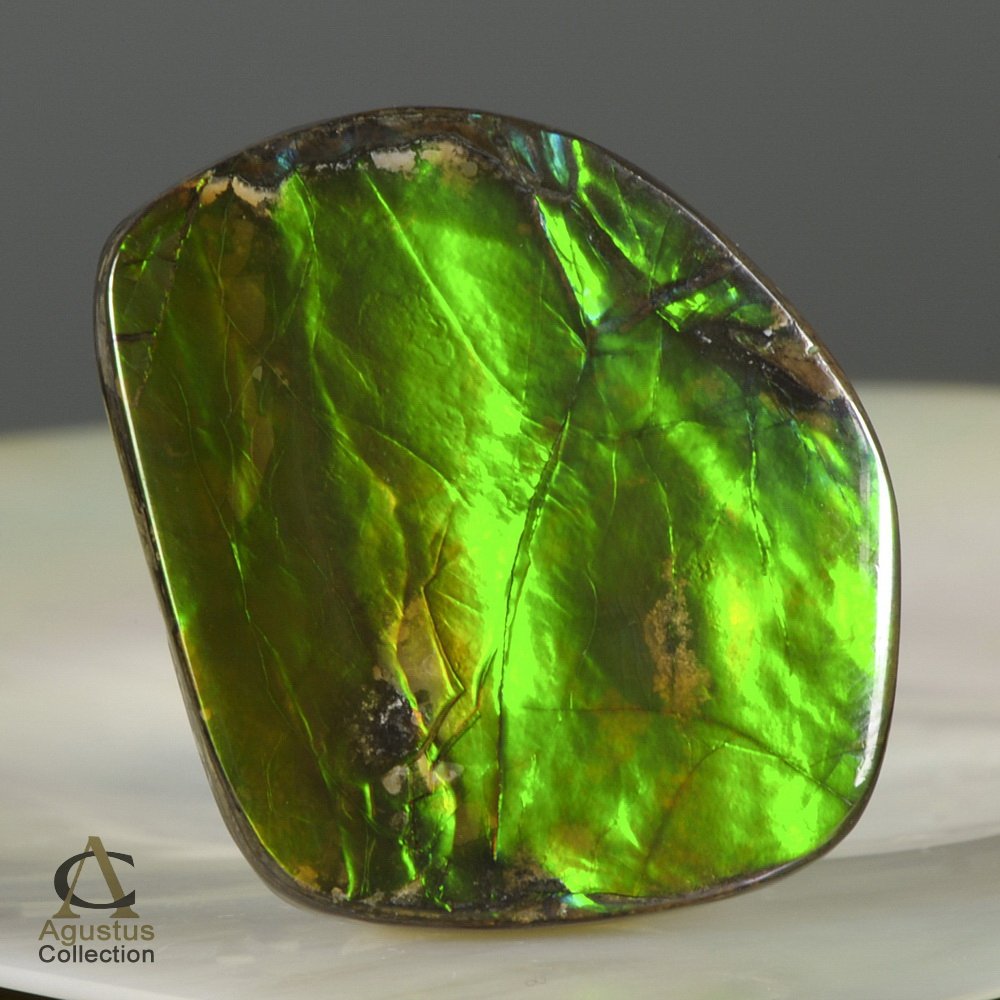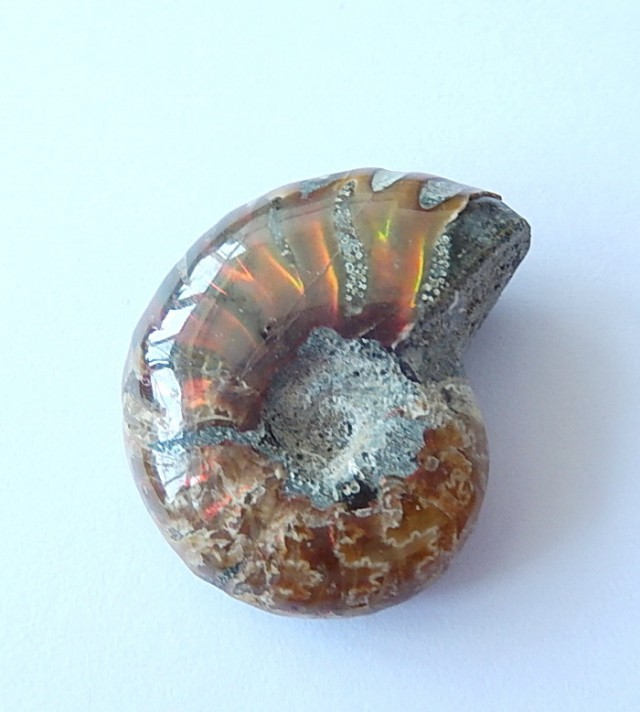
Ceratitina (Permian to Triassic) includes the true ceratites.Prolecanitina (Upper Devonian to Upper Triassic).Ceratitida (Carboniferous to Triassic) have round saddles, serrated lobes.Goniatitina (Devonian to Upper Permian) includes the true goniatites.Goniatitida (Devonian to Permian) have round saddles, pointed lobes.The four orders and various suborders of Ammonoidea are herein listed from most primitive to more derived. This suture type is characteristic of Jurassic and Cretaceous ammonoids but extends back all the way to the Permian.Īn ammonitic ammonoid with the body chamber missing, showing the septal surface (especially at right) with its undulating lobes and saddles. Ammonoids of this type are the most important species from a biostratigraphical point of view. Ammonitic - lobes and saddles are much subdivided (fluted) subdivisions are usually rounded instead of saw-toothed.This suture pattern is characteristic of Triassic ammonoids and appears again in the Cretaceous "pseudoceratites". Ceratitic - lobes have subdivided tips, giving them a saw-toothed appearance, and rounded undivided saddles.This pattern is characteristic of the Paleozoic ammonoids. Goniatitic - numerous undivided lobes and saddles typically 8 lobes around the conch.

Three major types of suture patterns in Ammonoidea have been noted: While nearly all nautiloids show gently curving sutures, the ammonoid suture line (the intersection of the septum with the outer shell) was folded, forming saddles (or peaks) and lobes (or valleys). The classification of ammonoids is based in part on the ornamentation and structure of the septa comprising their shells' gas chambers by these and other characteristics we can divide subclass Ammonoidea into three orders and eight known suborders. Originating from within the bactritoid nautiloids, the ammonoid cephalopods first appeared in the Late Silurian to Early Devonian (circa 400 million years ago) and became extinct at the close of the Cretaceous (65 m.y.a.) along with the dinosaurs. Their name came from their spiral shape as their fossilized shells somewhat resemble tightly-coiled rams' horns. Their fossil shells usually take the form of planispirals, although there were some helically-spiraled and non-spiraled forms (known as "heteromorphs"). They are excellent index fossils, and it is often possible to link the rock layer in which they are found to specific geologic time periods.

Reconstructions of the French ammonites Douvilleiceras mammilatum and Hoplites dentatus from the Lower Cretaceous.Īmmonites are an group of marine animals of the subclass Ammonoidea in the class Cephalopoda.

AMMONITE GEMSTONE HOW TO
You can also take a look at the articles talk page to see if anything is mentioned there which can give some tips.įor information about how to add references, see Fossil Wiki:Sourcing.
AMMONITE GEMSTONE FREE
Feel free to add the correct citations where the information is gathered from. This article has been marked as a page which needs references.


 0 kommentar(er)
0 kommentar(er)
